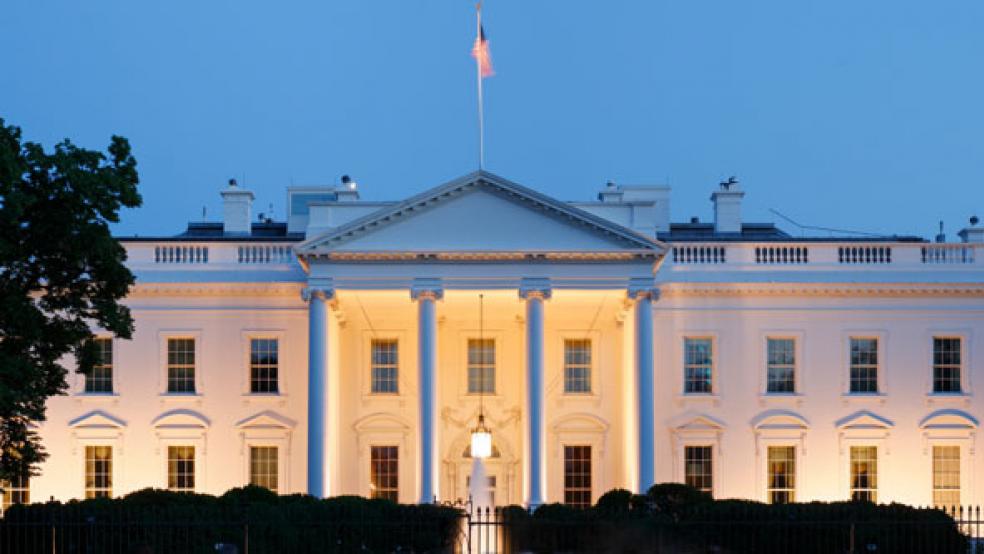President Trump’s agenda for a possible second term is still on the drawing board, according to The Wall Street Journal’s Andrew Restucci, and aides are reportedly in the early stages of drafting policies addressing a variety of issues, including prescription drug prices, infrastructure, immigration reform, tax cuts and deficit reduction.
We may get some clues about the still-forming agenda when the White House releases its 2021 budget request early next week. Analysts at the Center on Budget and Policy Priorities on Friday highlighted five key issues that could signal the administration’s agenda for the next fiscal year — and potentially the next five years, should Trump win reelection.
1. Some kind of health care plan: The White House is backing a lawsuit that would invalidate the Affordable Care Act, potentially eliminating health coverage for 20 million people and ending protections for pre-existing conditions. The administration says it has a plan to deal with those issues, and the budget could provide some details, which have been lacking thus far.
2. Slashing discretionary spending? Trump’s first two budgets eliminated the deficit over 10 years and his third budget did so over 15 years, in large part by slashing non-defense discretionary spending. But Treasury Secretary Steven Mnuchin said this week that the 2021 budget would not reach balance within the 10 year window, though he did say the deficit would be reduced “significantly.” Mnuchin also blamed the current $1 trillion deficit on excess spending rather than tax cuts, which he once again claimed would pay for themselves. Next week’s release should reveal just how deep the proposed cuts to the discretionary budget will be — which could be a tricky issue in an election year.
3. Cutting the safety net: Trump’s previous budgets have outlined deep cuts for programs that assist low-income households, including, for example, a $220 billion reduction in the main food assistance program over 10 years. The White House has largely failed to enact its cuts through legislation but is pushing through some reductions via executive action. The budget will likely indicate the administration’s level of interest in continuing to cut back those programs.
4. Rethinking infrastructure: Last year’s budget request referred to a $1 trillion infrastructure plan, although the details were a bit hazy and it would have cut federal spending on infrastructure in the long run. The administration may reconsider the issue with an eye on the election.
5. Tax cuts and inequality: The 2017 tax cuts overwhelmingly benefited upper-income households, exacerbating income inequality. The individual tax cuts are set to expire in 2026, and the budget request will reveal if the administration continues to support maintaining the cuts past that date.




